Let’s start beautifully with the Fabre Museum. Created in 1828, thanks to the donation of Montpellier painter François-Xavier Fabre, this venue is among the most beautiful public collections in France and Europe. Covering a total area of 9,200 square meters, more than 700 works, including paintings, sculptures, and drawings, allow you to discover the richness of European art from the 14th to the 21st century. Rubens, Veronese, Bourdon, Poussin, Raoux, Courbet,
Richier, Hantaï, and Soulages are some of the artists admired by more than 4 million annual visitors within the Massilian mansion, renovated with clarity and elegance between 2004 and 2007. So, when will it be your turn?
The Mikvé of Montpellier
Not far from Place de la Canourgue stands the Mikvé of Montpellier, a unique witness to the importance of the Jewish community that settled in the city during the Middle Ages after being expelled from Andalusia. The Mikvé, a Hebrew term meaning “the gathering of water,” is a kind of purification basin formerly used before certain important life events. Believers had to immerse themselves completely while reciting prayers. Fed by groundwater or rain, mikvés are invaluable places of millennia-old spirituality. And fortunately, the one in Montpellier, considered one of the oldest and best preserved in Europe, welcomes you during guided tours organized by the Tourist Office. Inquire about it, it’s really worth it!
Shop at the Polygone
If there’s already bustling activity on the beautiful Place de la Comédie, it goes up a notch when you pass through the doors of the Polygone. This completely renovated shopping center features 110 stores and 10 restaurants across 3 levels. With ready-to-wear shops, accessories, kitchenware, decoration, and even relaxation areas, this is a place where you’ll experience unforgettable shopping and leisure moments.
MO.CO Montpellier Contemporary museum
After the past and the excitement, let’s find calm and modernity at MO.CO, an abbreviation for Montpellier Contemporain. Popular and deliberately innovative, MO.CO is actually three venues in one, consisting of an art school, Esba, and two contemporary art centers, including La Panacée. Beyond the temporary exhibitions it offers, as any respectable museum does, the institution is committed to higher education and research in the field of fine arts, contemporary creation, and the development of production and mediation in contemporary art. The national and international talents of tomorrow therefore have a future in Montpellier!
Antigone district
If the Écusson is the most historical district of the city, Antigone is certainly the most singular and atypical. An ambitious project from the 70s-80s, spanning between the Polygone shopping center and the Lez River, this district was born from a collaboration between Georges Frêche, the mayor of Montpellier at the time, and Ricardo Boffil, a Catalan architect. Most of its buildings, which house social housing, offices, and cultural venues, display a monumental neoclassical architectural style. It’s as if ancient Greece and the Mediterranean had become one! As a result, when walking around, it’s not uncommon to pass through large arches, gaze at imposing fluted columns, photograph Greco-Roman curves, and imagine mythological stories near magnificent fountains where busts of demigods pose. When visiting the Languedoc capital, you’ll see that the Antigone district is as striking as it is surprising! A characteristic it also shares with other architectural follies located on the other bank of the Lez. The blue glass cube you’ll see is not a spaceship, but the City Hall of Montpellier, designed by architects Jean Nouvel and François Fontès. As for the white building with its multiple balconies, it’s not a satellite tower, but rather “L’Arbre blanc” (The White Tree), a recent creation by Japanese architect Sou Fujimoto. Besides housing, an art gallery, a restaurant, and a panoramic bar share the remaining floors.
A short tour of the surroundings
If you enjoyed Montpellier and are eager to know a bit more about its surroundings, remember that Château de Flauguergues, a distinctive residence and historical monument, and the Pic Saint-Loup vineyard, an exceptional terroir at the foot of the Cévennes, are two places that will give you a beautiful glimpse of what the Montpellier hinterland has in store.
Montpellier “follies”
And in case you haven’t been told yet, Montpellier also has more than 80 mansions in the city center and some Montpellier “follies” in its countryside, the most famous being Château de Flaugergues. Located in the middle of the rural domain, this aristocratic jewel, classified as a historical monument, was once the residence of the counselor to the Court of Accounts of Montpellier. Quality and elegance will be the two guiding principles of the visit.
Beaches
Just 11 km from Montpellier, the Mediterranean Sea awaits you with its fine sandy beaches. A bike path runs along the banks of the Lez River to the Méjean lagoon, home to pink flamingos. The Maguelone Cathedral, a jewel of Romanesque art, stands proudly nearby. Private beaches, open from April to September, offer unforgettable moments of relaxation. For a unique experience, embark on a boat trip and discover Montpellier’s coastline. The beaches of Palavas-les-Flots, Carnon, La Grande-Motte, and Sète are must-visit places to enjoy the sunshine and water activities.
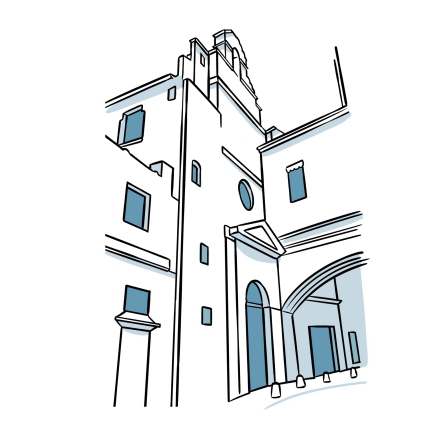
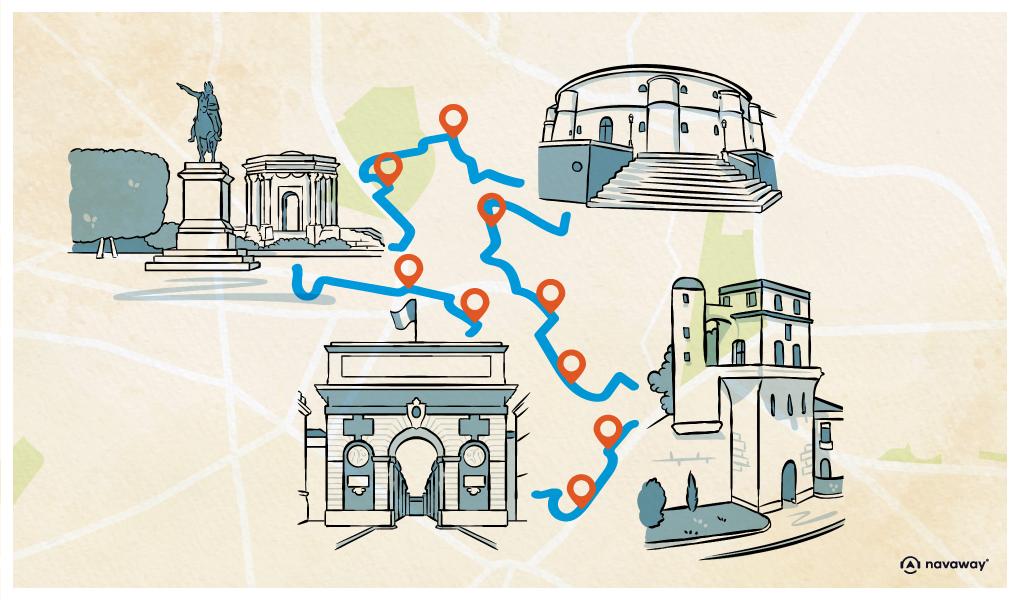

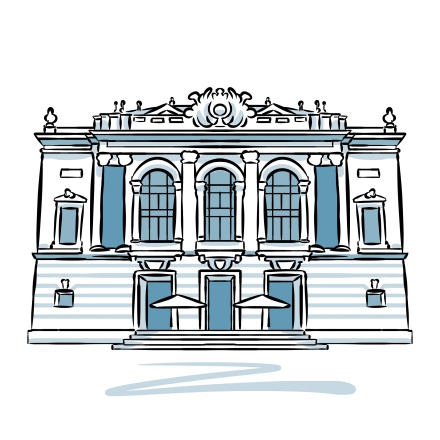
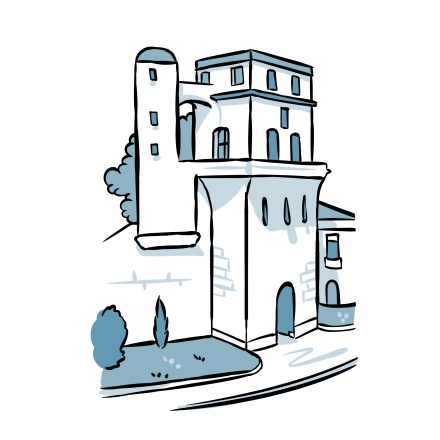

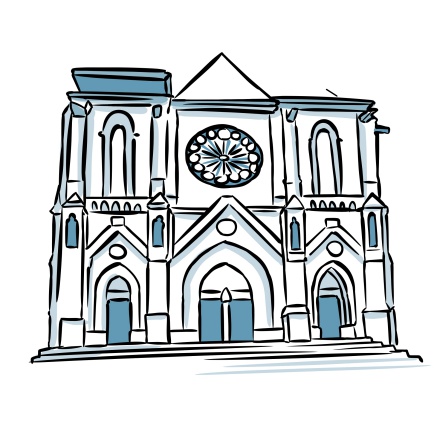
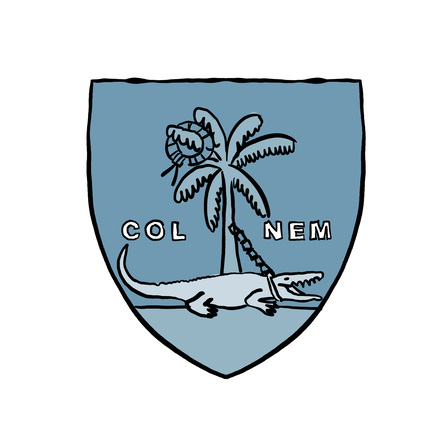
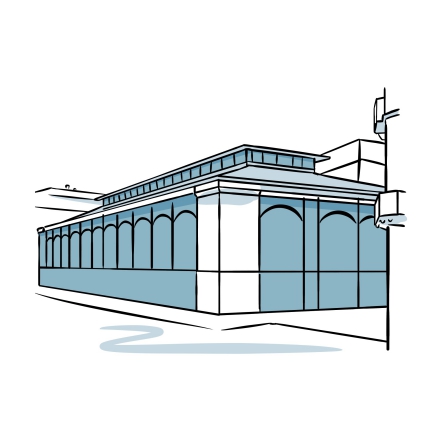
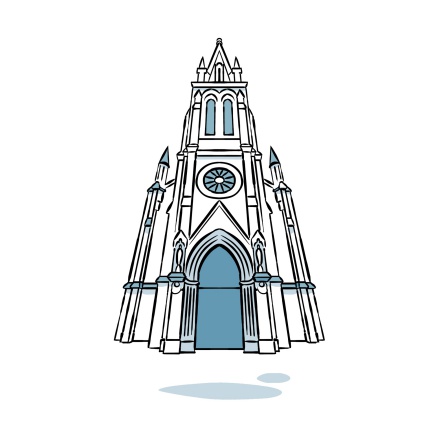
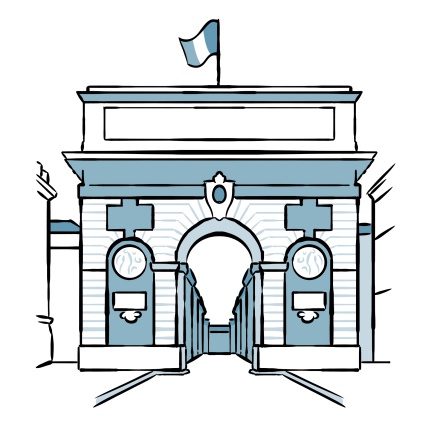
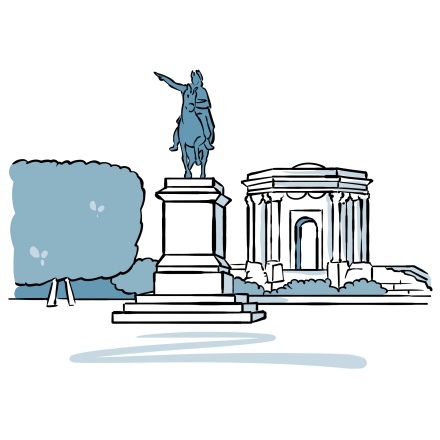
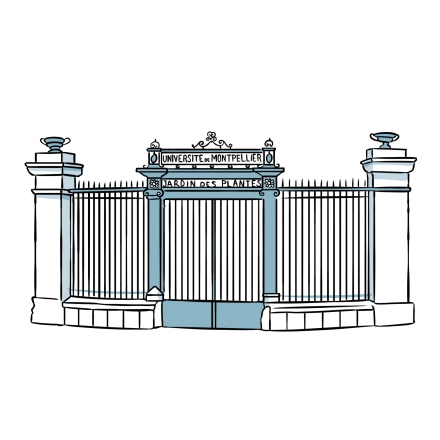

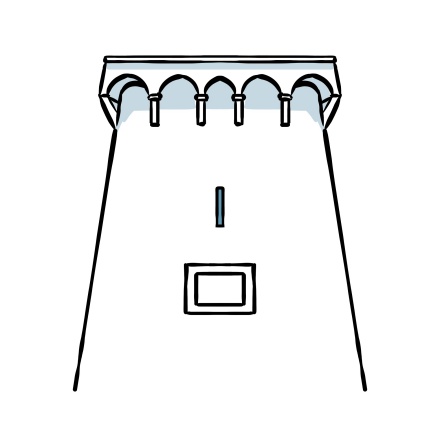
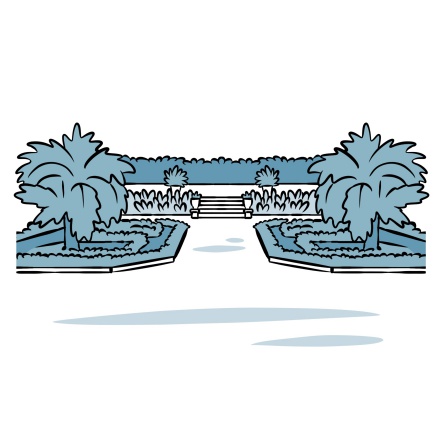
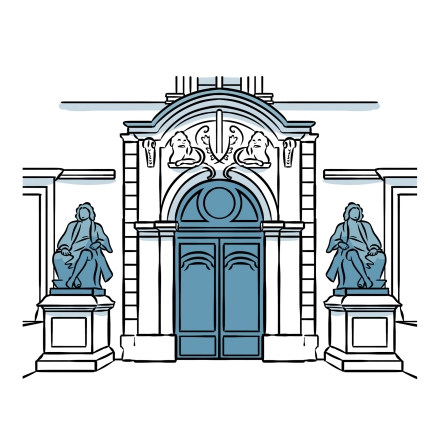
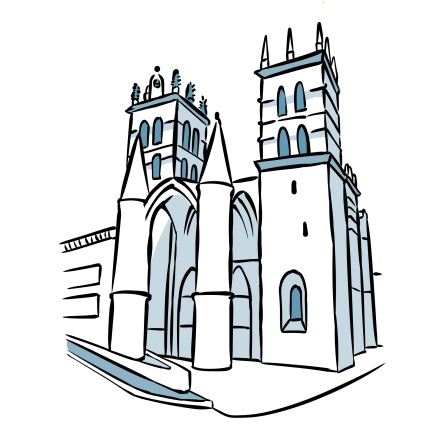
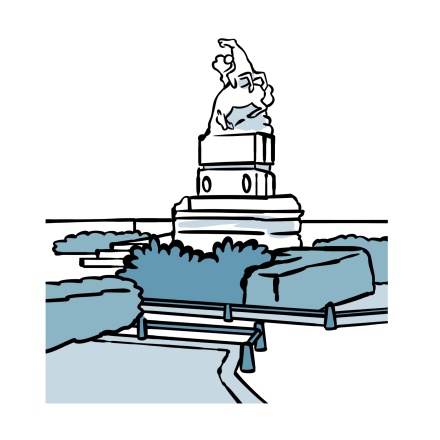
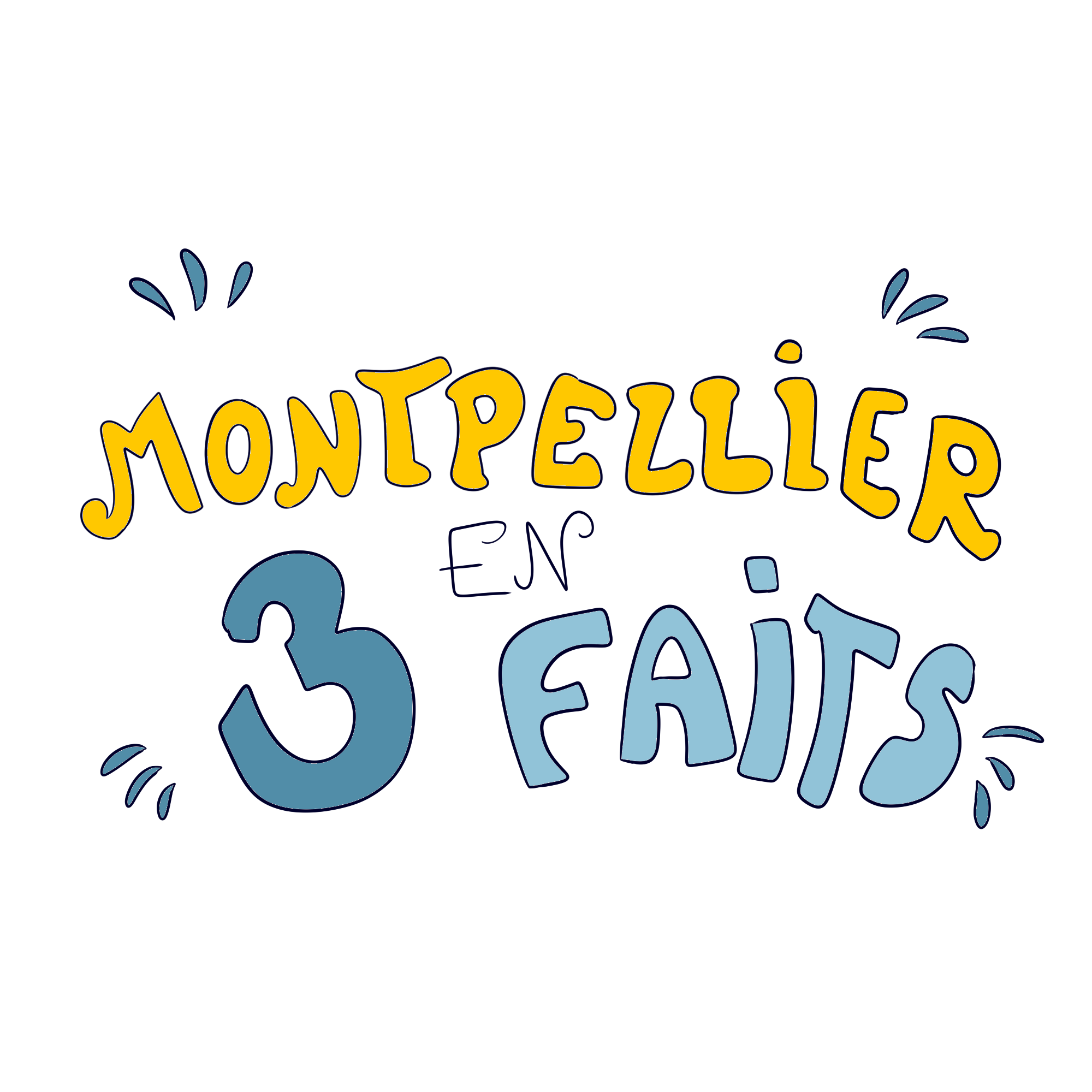


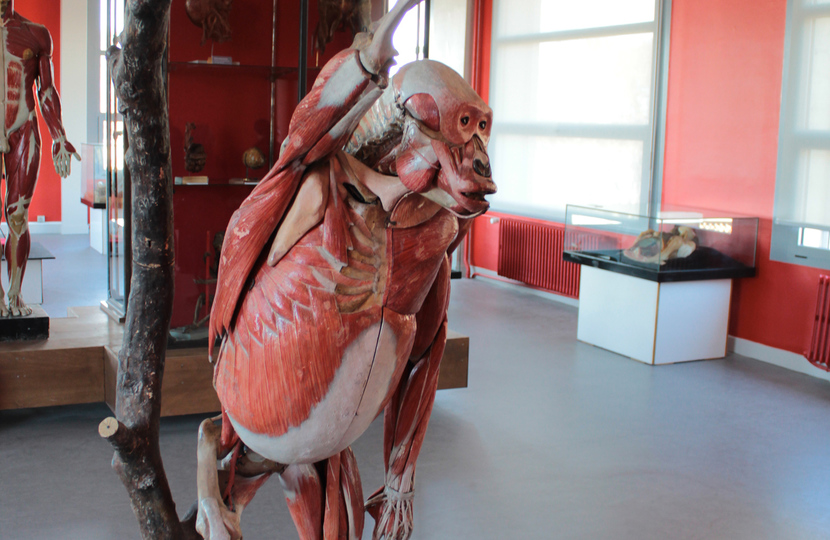

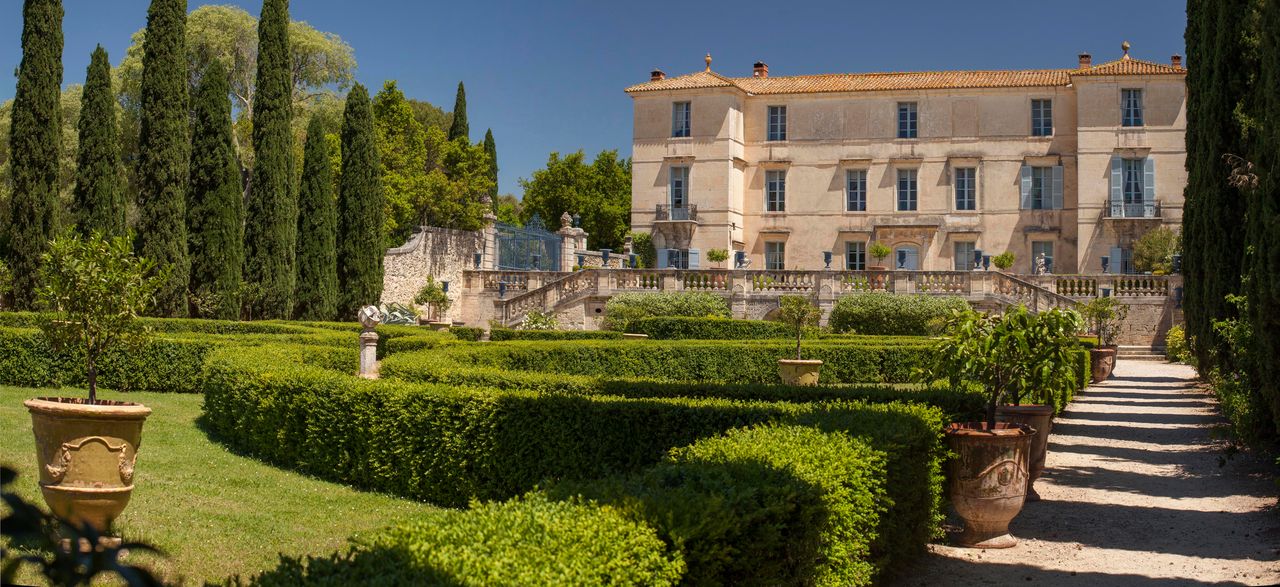
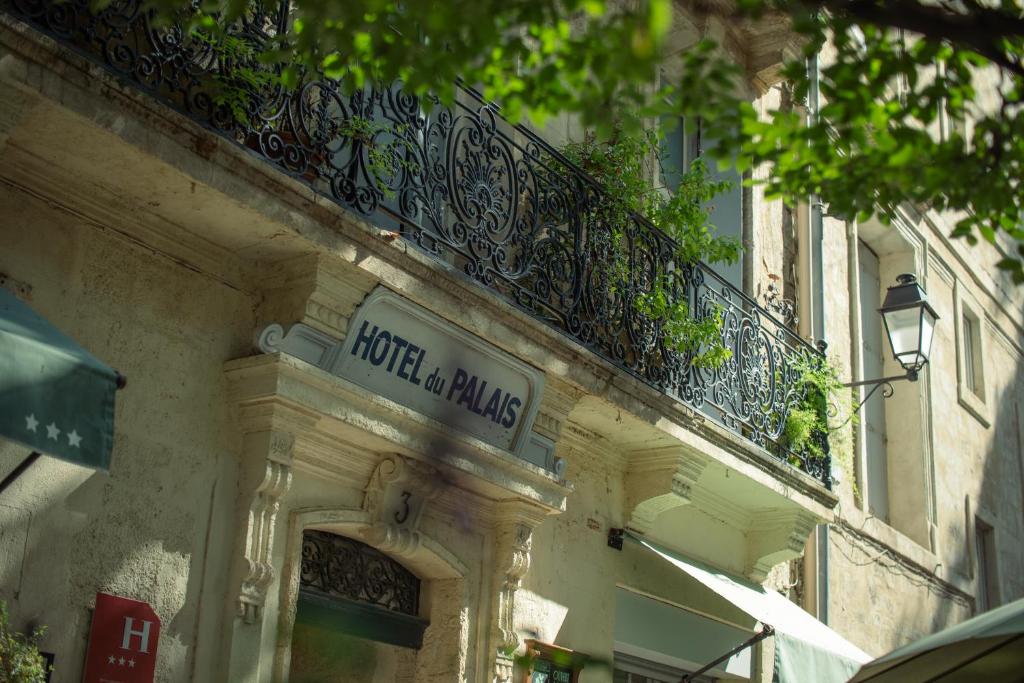
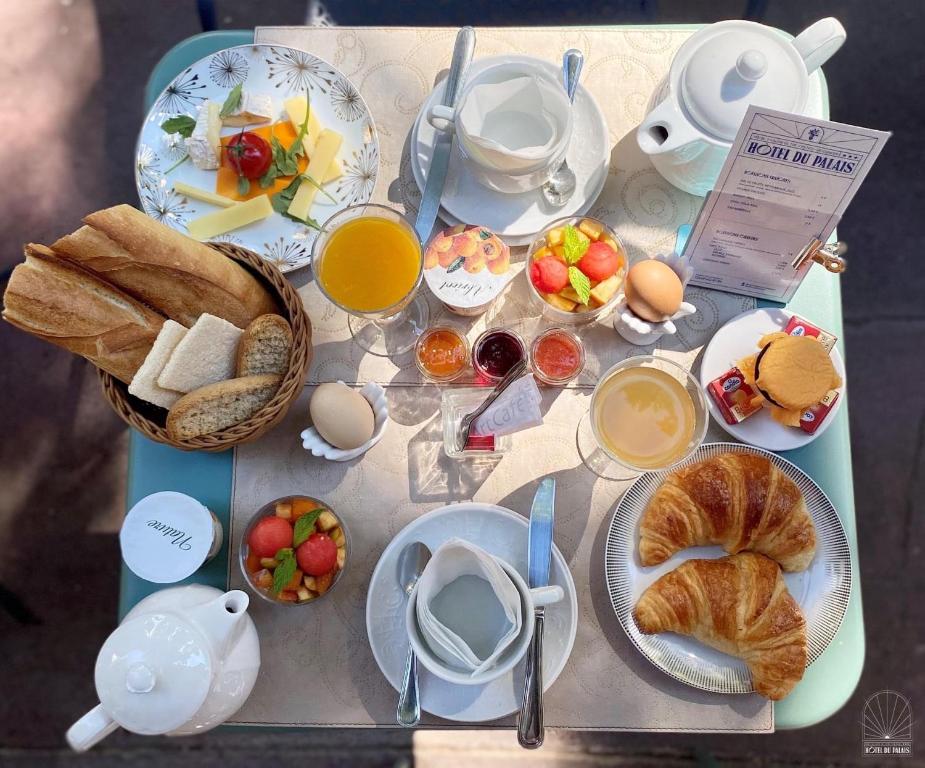
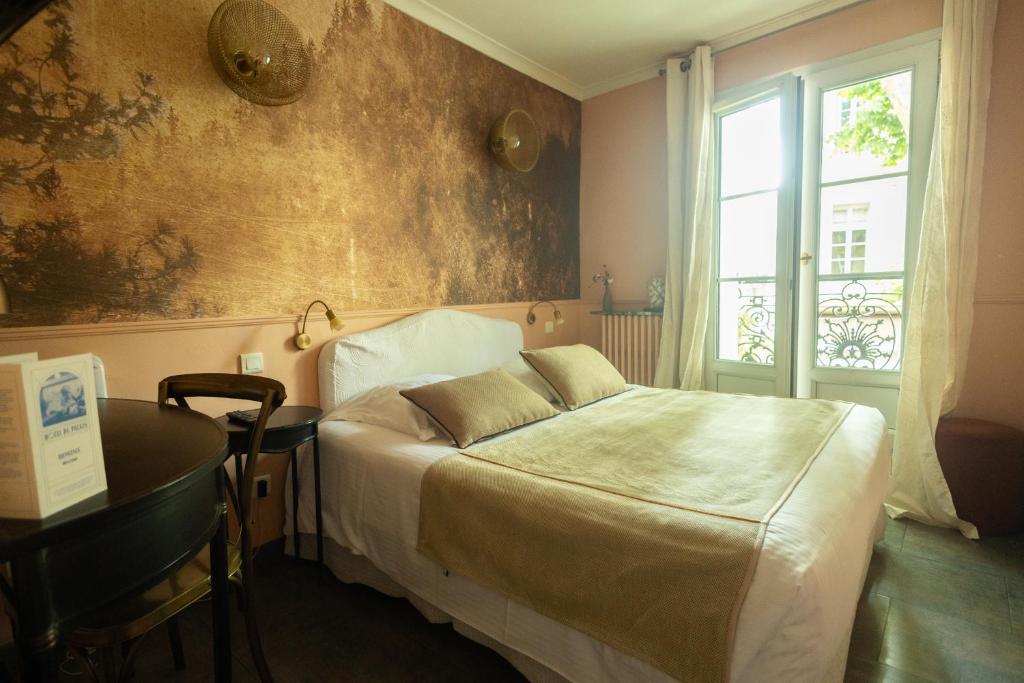
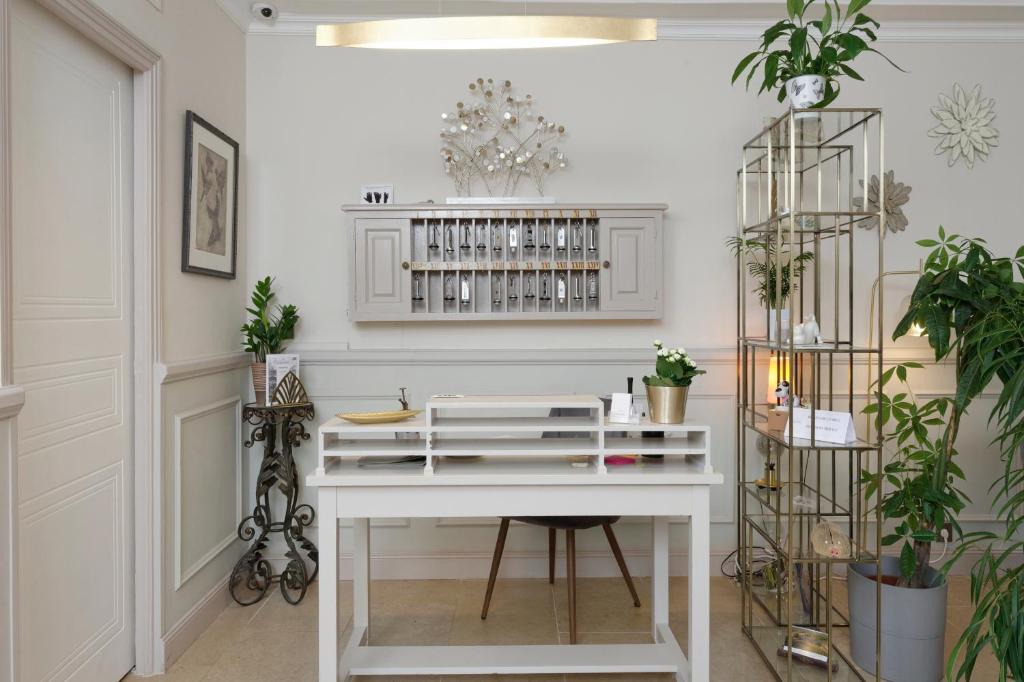
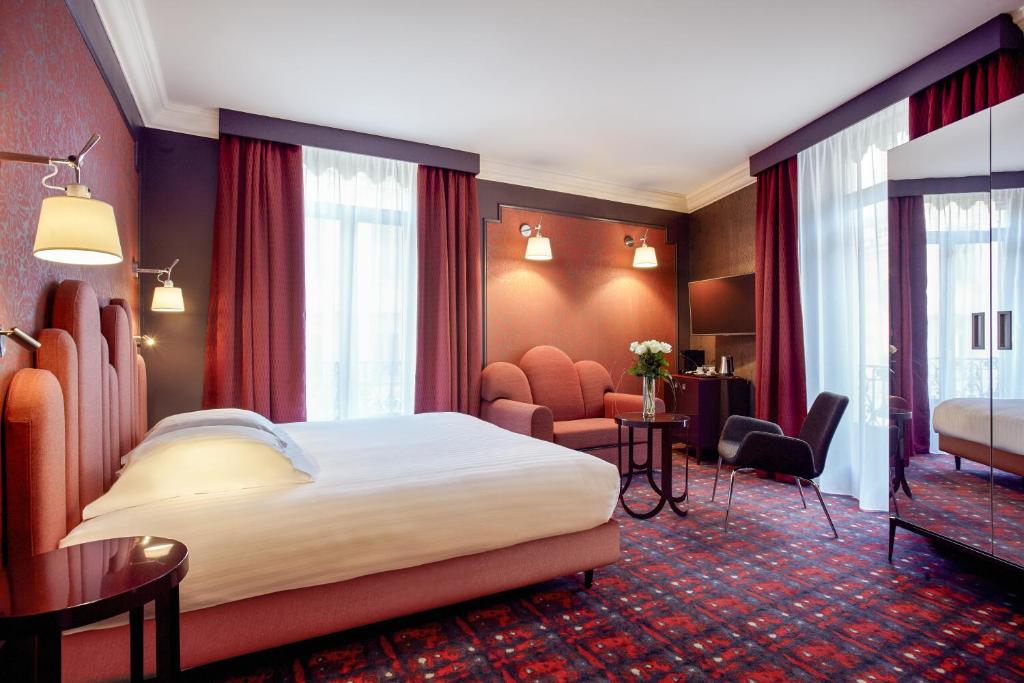
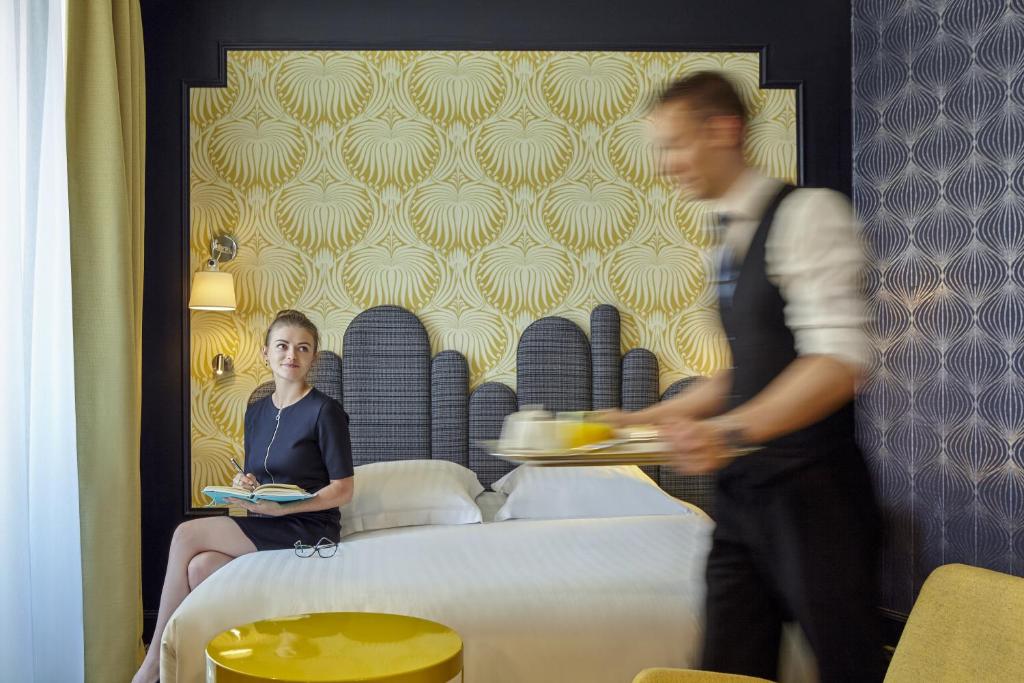
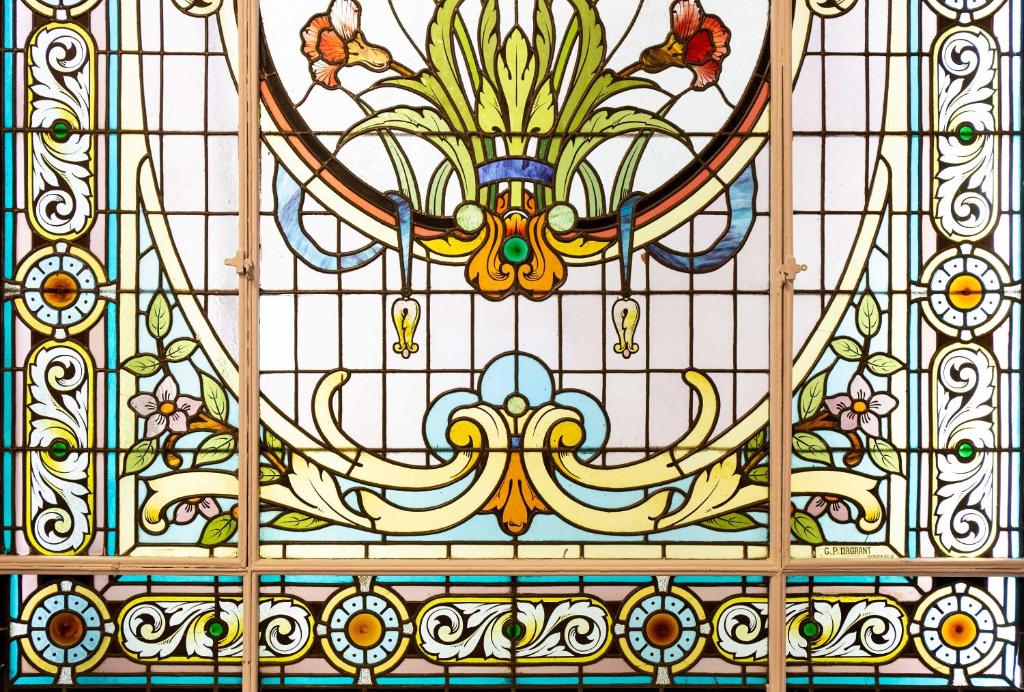
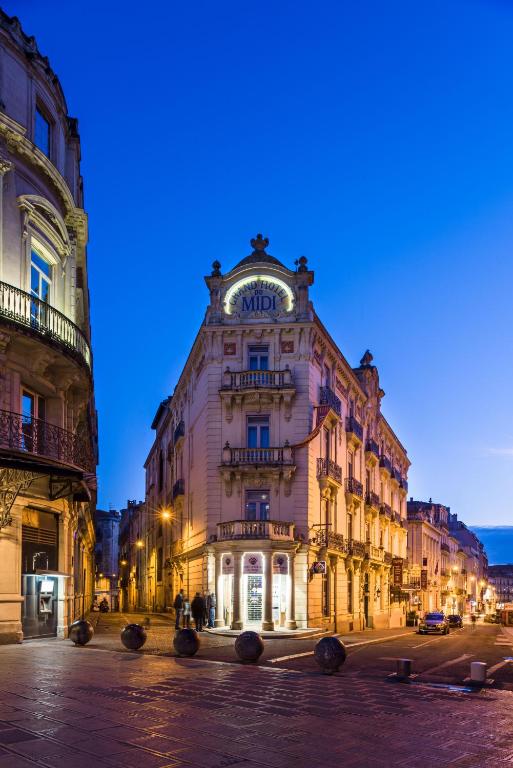
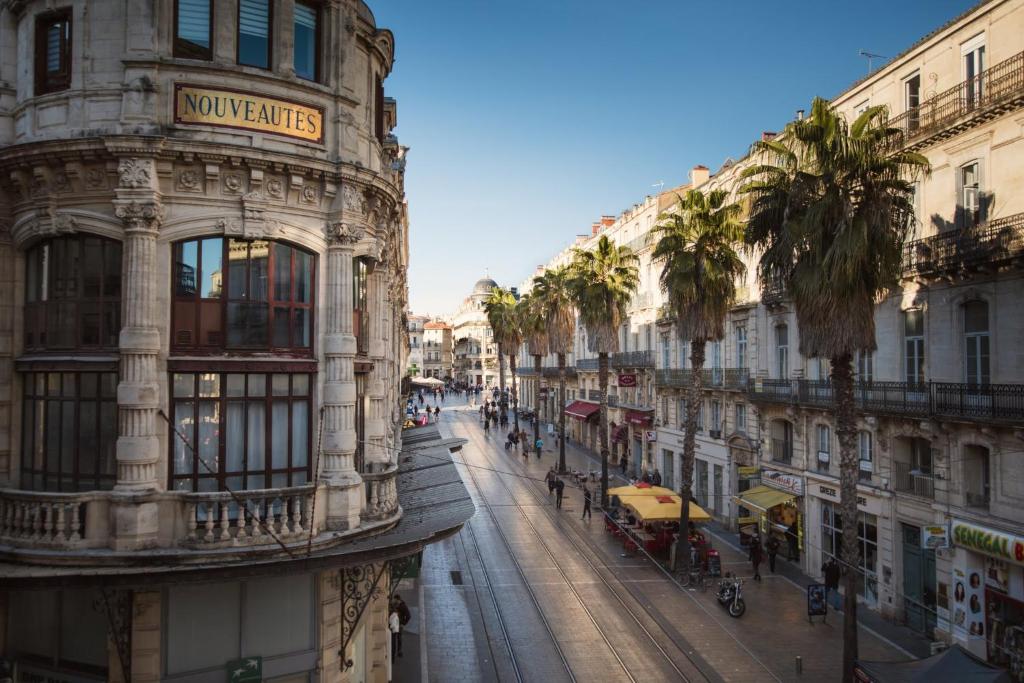
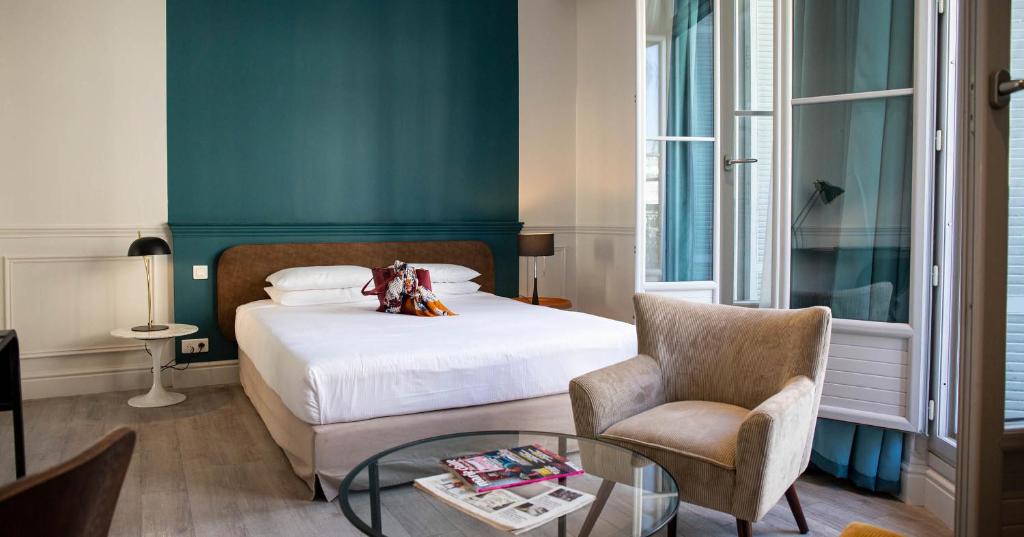
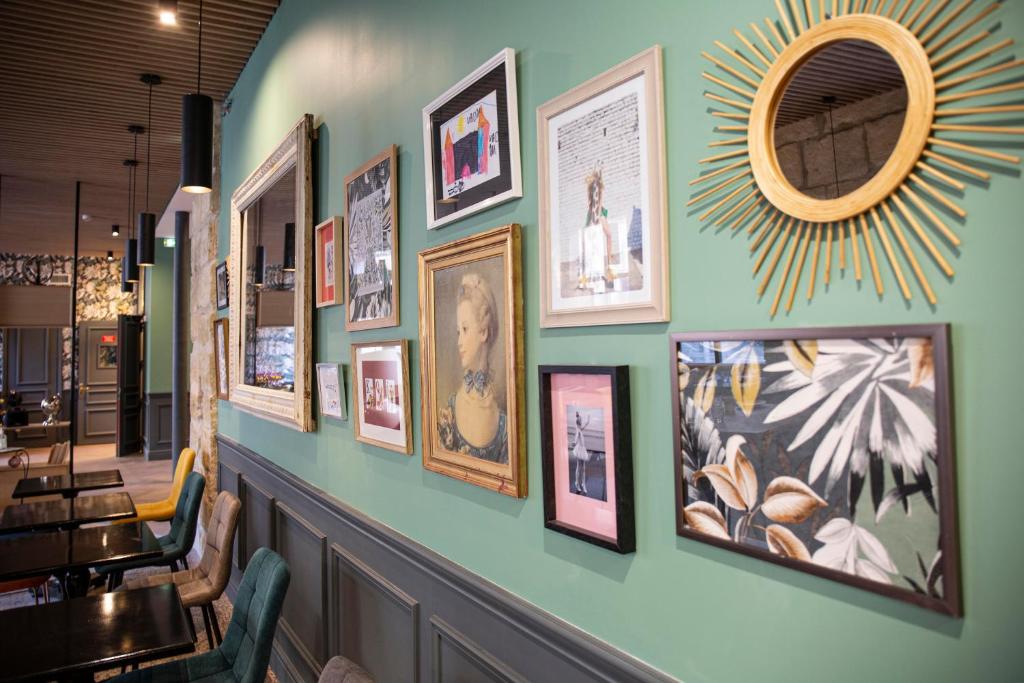

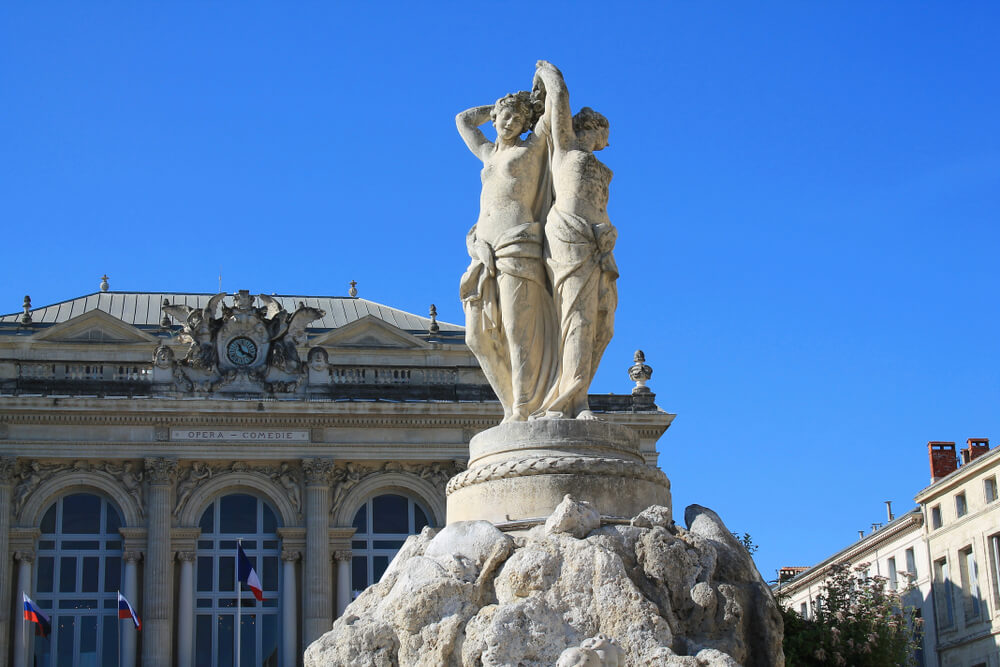
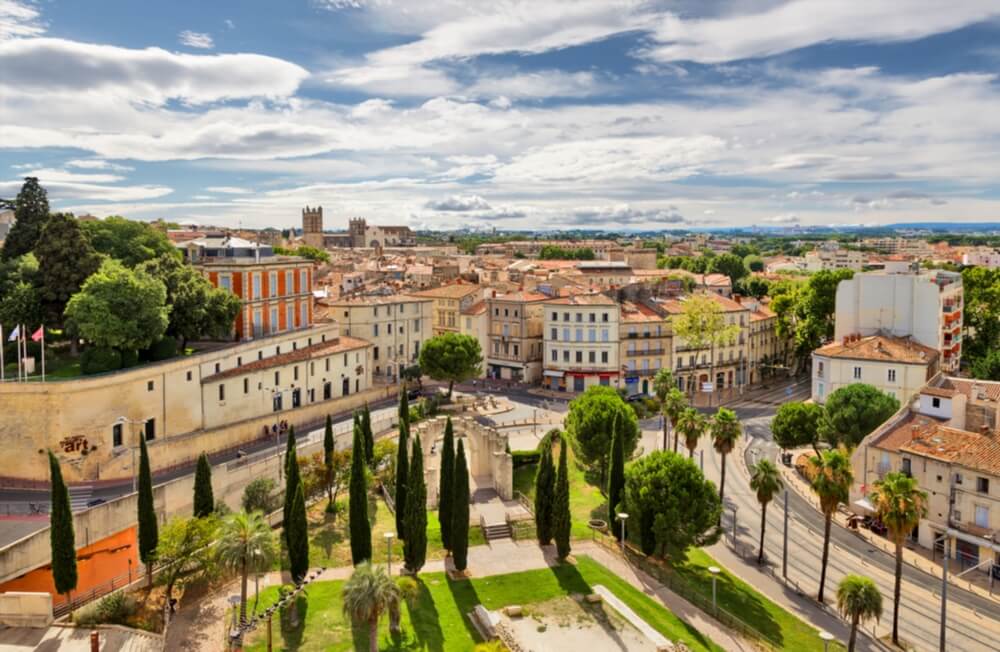

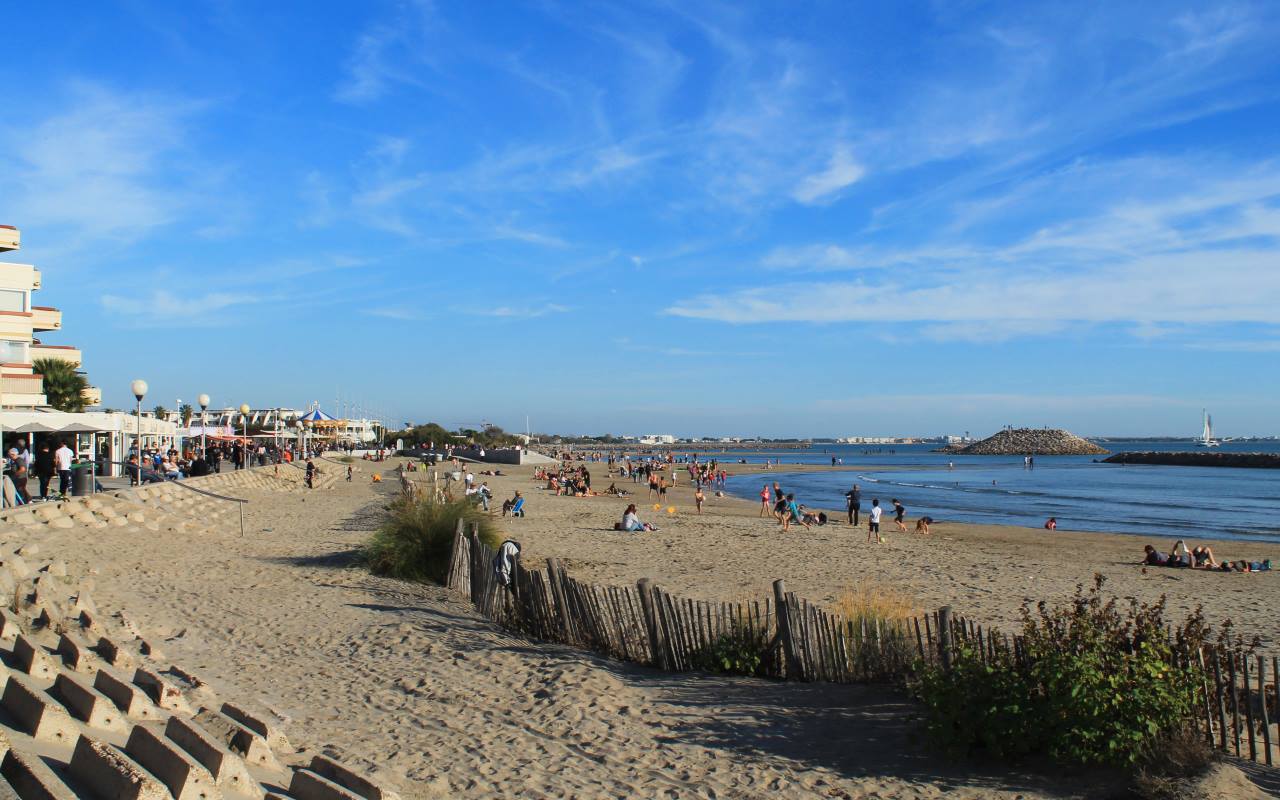


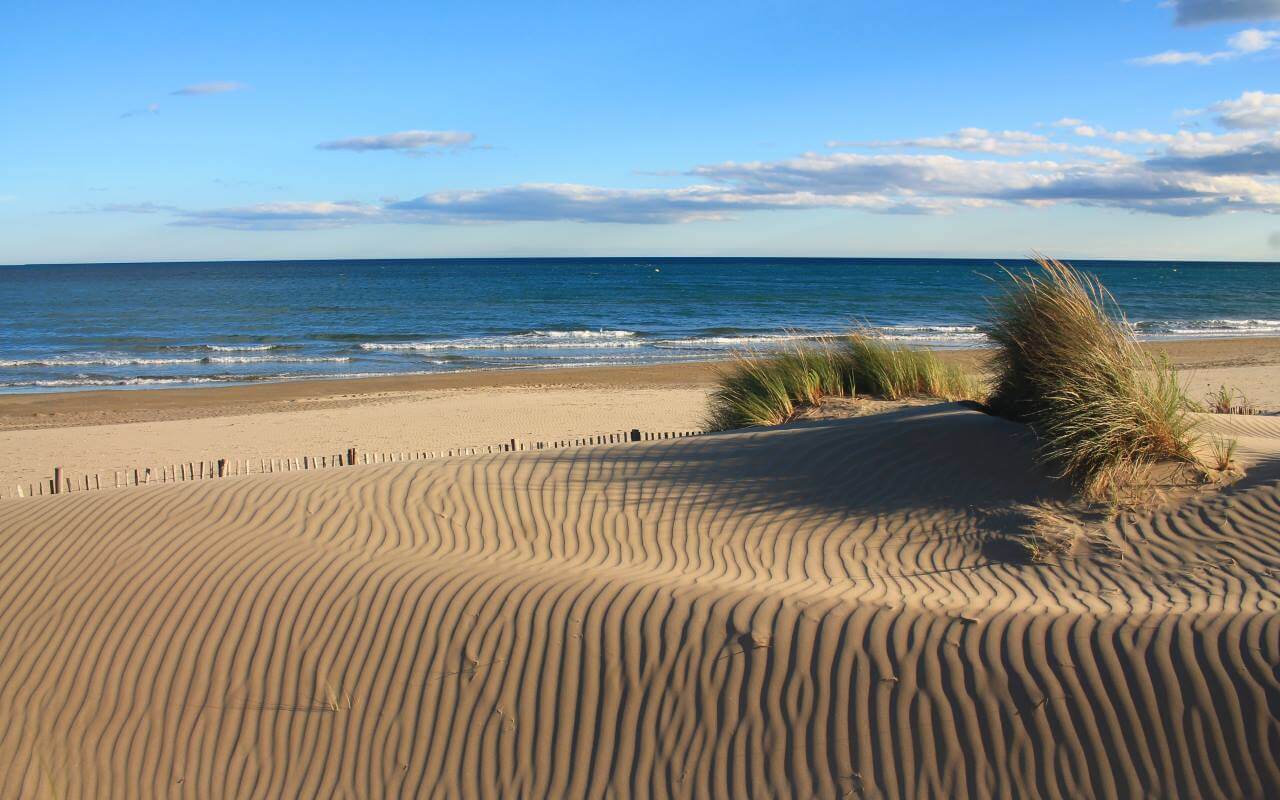

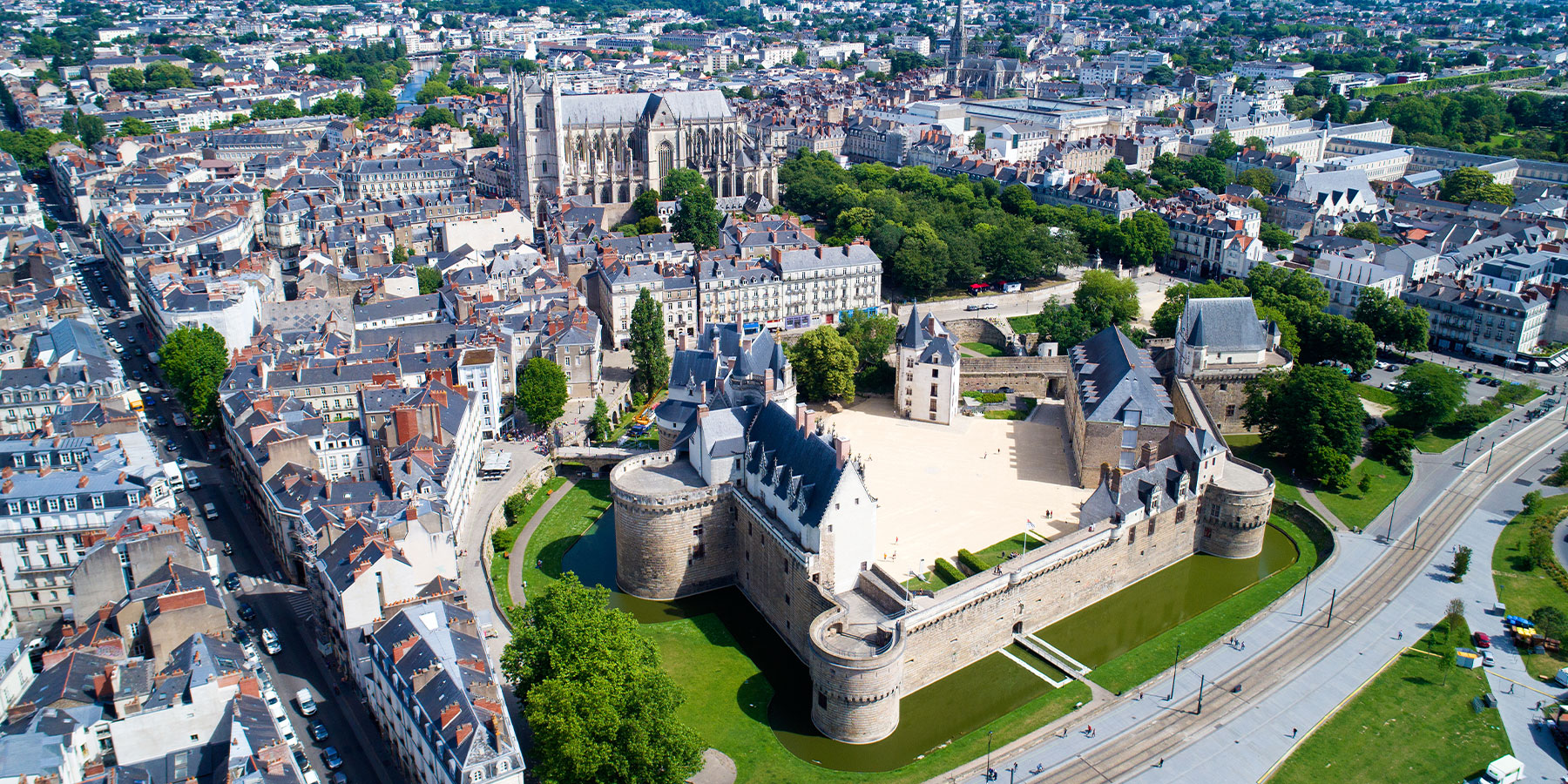
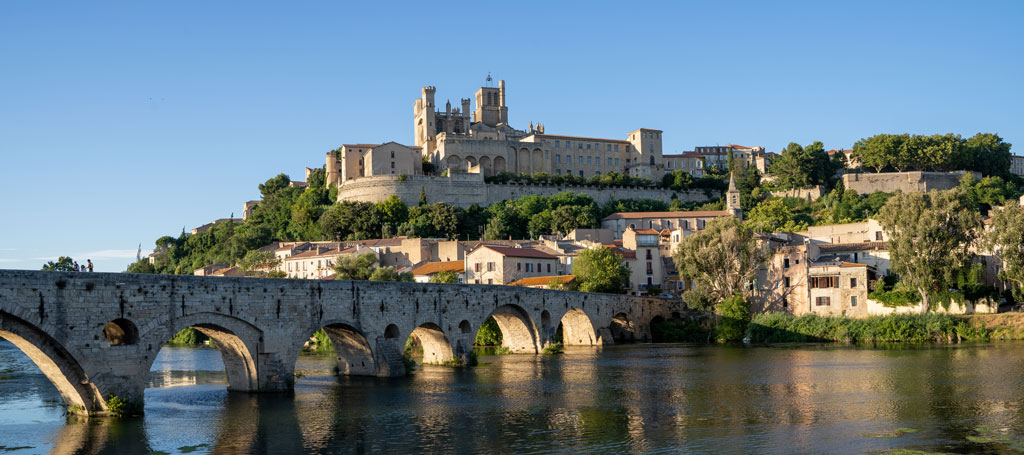


Comments